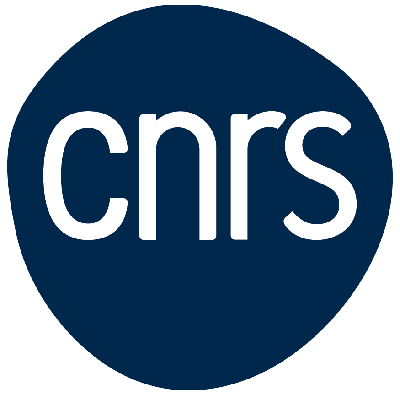Archaeology of Salt
Approaching an invisible past
Salt is an invisible object for research in archaeology. However, ancient writings, ethnographic studies and the evidence of archaeological exploitation highlight it as an essential reference for humanity. Both an edible product and a crucial element for food preservation, it has been used by the first human settlements as soon as food storage appeared (Neolithic).
As far as the history of food habits (both nutrition and preservation) is concerned, the identification and the use of that resource certainly proves a revolution as meaningful as the domestication of plants and wild animals. On a global scale, the development of new economic forms based on the management of food surplus went along an increased use of saline resources through a specific technical knowledge, aimed at the extraction of salt from its natural supports.
Considering the variety of former practices observed until now, a pluralist approach based on human as well as environmental sciences is required. It allows a better knowledge of the historical interactions between our societies and this “white gold”, which are well-known from the Middle-Ages, but more hypothetical for earlier times.
This publication intends to present the most recent progresses in the field of salt archaeology in Europe and beyond; it also exposes various approaches allowing a thorough understanding of this complex and many-faceted subject. The complementary themes dealt with in this book, the broad chronological and geographical focus, as well as the relevance of the results presented, make this contribution a key synthesis of the most recent research on this universal topic.
Robin Brigand received a Ph.D. in Archaeology from the Universities of Franche-Comté (Besançon, France) and Padua (Italia). He is currently a post-doctorate researcher at UMR 8215 Trajectoires and UMR 7218 LAVUE (Paris, France). His studies on the spatial impact of former societies focus – using various scales – on site systems and their environments, settlement patterns, raw material acquisition and distribution, landscape dynamics, etc. Within this framework, he is involved in an ethnoarchaeological study on territorial practices surrounding salt uses and circulation in Romanian Moldavia. Besides these research developments, he is interested in understanding ways in which human societies create, use and transform cultural heritage from a planimetric point of view.
Olivier Weller is a research fellow at CNRS (UMR 8215, Trajectoires¸CNRS-Pantheon-Sorbonne University, Paris, France). His research focusses on the archaeology of salt, specifically the origins of salt production in Europe in terms of exploitation techniques, uses and socio-economic implications during the Neolithic. The approaches are both technological, ethnoarchaeological, and ethnohistorical, as well as paleoenvironmental, physical-chemical or geomatic. His study area spans from Europe (France, Spain, Germany, Poland, Romania, Bulgaria) to Oceania (New Guinea).







